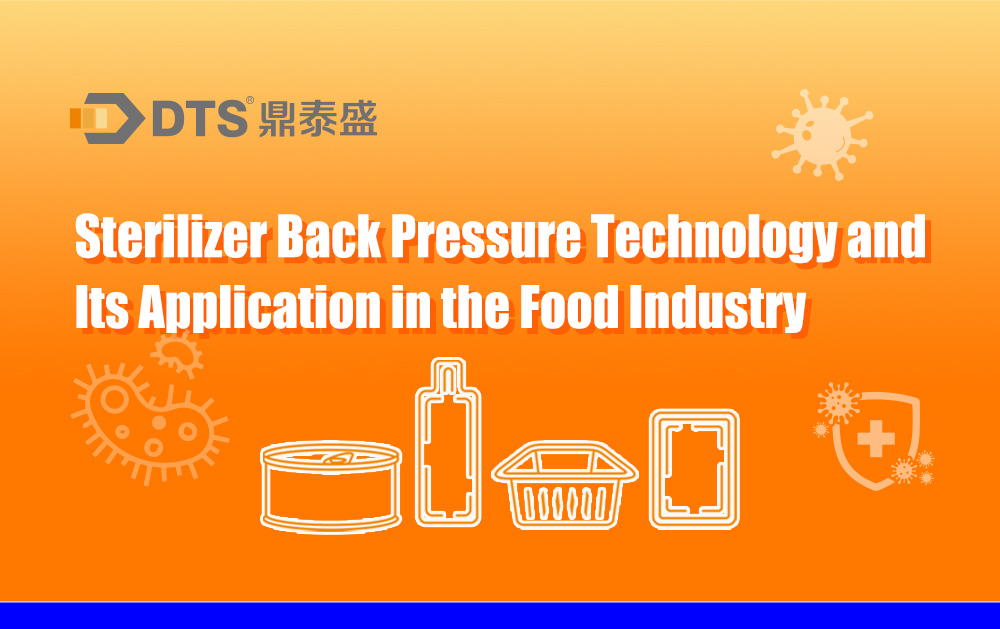Back pressure in sterilizer refers to the artificial pressure applied inside the sterilizer during the sterilization process. This pressure is slightly higher than the internal pressure of the cans or packaging containers. Compressed air is introduced into the sterilizer to achieve this pressure, known as “back pressure.”The main purpose of adding back pressure in a sterilizer is to prevent deformation or breakage of the packaging containers due to internal and external pressure imbalances caused by temperature changes during the sterilization and cooling processes. Specifically:
During Sterilization: When the sterilizer is heated, the temperature inside the packaging containers increases, leading to increased internal pressure. Without back pressure, the internal pressure of the cans could exceed the external pressure, causing deformation or lid bulging. By introducing compressed air into the sterilizer, the pressure is increased to be slightly higher than or equal to the internal pressure of the product, thus preventing deformation.
During Cooling: After sterilization, the product needs to be cooled. During cooling, the temperature in the sterilizer decreases, and steam condenses, reducing the pressure . If rapid cooling is desired, the pressure may decrease too quickly, while the internal temperature and pressure of the product have not fully decreased. This can lead to deformation or breakage of the packaging due to the higher internal pressure. By continuing to apply back pressure during the cooling process, the pressure is stabilized, preventing damage to the product due to excessive pressure differences.
Back pressure is used to ensure the integrity and safety of packaging containers during sterilization and cooling, preventing deformation or breakage due to pressure changes. This technology is mainly applied in the food industry for the thermal sterilization of canned foods, soft packaging, glass bottles, plastic boxes, and bowl-packaged foods. By controlling back pressure, it not only protects the integrity of the product packaging but also limits excessive expansion of gases inside the food, reducing the squeezing effect on the food tissue. This helps maintain the sensory qualities and nutritional content of the food, preventing damage to the food’s structure, juice loss, or significant color changes.
Methods of Implementing Back Pressure:
Air Back Pressure: Most high temperature sterilization methods can use compressed air to balance the pressure. During the heating phase, compressed air is injected according to precise calculations. This method is suitable for most types of sterilizer.
Steam Back Pressure: For steam sterilizer, an appropriate amount of steam can be injected to increase the overall gas pressure, achieving the desired back pressure. Steam can serve as both a heating medium and a pressure-increasing medium.
Cooling Back Pressure: During the cooling phase after sterilization, back pressure technology is also needed. During cooling, continuing to apply back pressure prevents the formation of a vacuum inside the packaging, which can lead to container collapse. This is usually achieved by continuing to inject compressed air or steam.
Post time: Jan-13-2025








